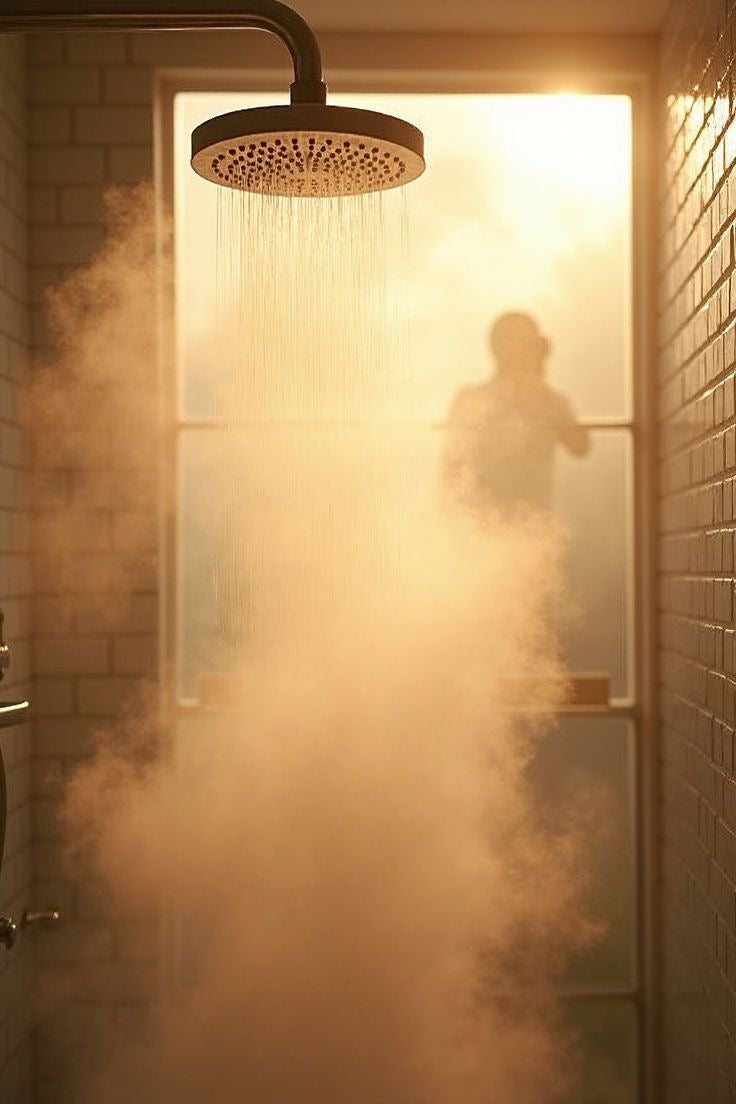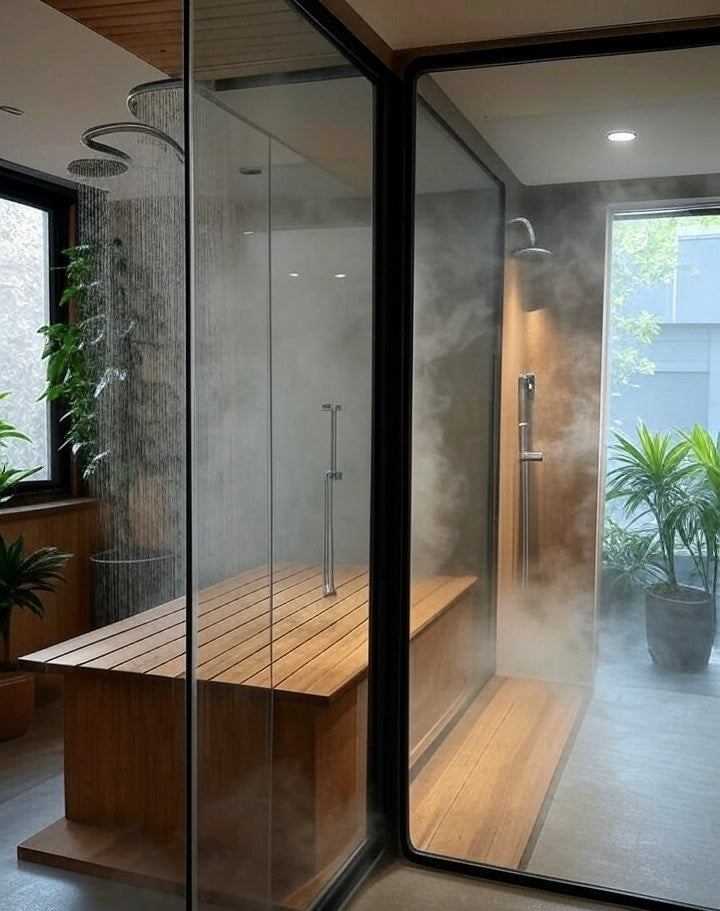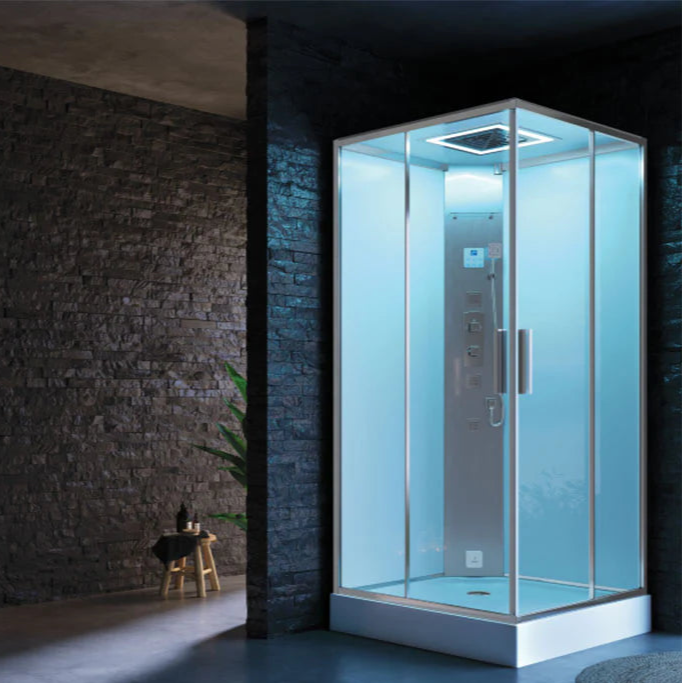Yes—they can. Sudden cold immersion might leave you with more than just a shiver. It can trigger headaches or even migraines. Keep reading to learn why it happens, how to prevent it, and why a Cold Plunge Tub or Ice Bath can still be a useful tool with the right precautions.
1. The Cold Reality: When Cold Plunges Might Trigger Headaches

1.1 Understanding the Mechanisms and Types of Headaches
1.1.1 The Role of Vasoconstriction and Rapid Blood Flow Changes
When you plunge into icy water, your blood vessels constrict quickly. This sudden tightening can change blood flow in the head. That shift may lead to pain or pressure. For some, this causes an instant headache during or after immersion.
1.1.2 Cold Shock Response and its Impact on Head Pressure
The cold shock response is involuntary. It causes rapid breathing, increased heart rate, and spikes in blood pressure. These changes can increase cranial pressure and lead to discomfort or pain in the head. It’s a key reason some people feel dizzy or develop a headache right after entering cold water.
1.1.3 Primary Cold-Stimulus Headaches (e.g., "Brain Freeze")
This is similar to eating ice cream too fast. When cold hits sensitive nerves in the head or face, you get sharp, short-lived pain. A sudden dunk in an Ice Bath Tub or Cold Plunge can have the same effect. It's usually harmless but unpleasant.
1.2 Cold Plunges as a Potential Migraine Trigger
1.2.1 Sensitivity to Cold and Sudden Temperature Shifts
People prone to migraines may be more sensitive to extreme temperature changes. The abrupt chill of a Cold Plunge Tub can act as a trigger. It’s important to know your body’s responses to avoid unnecessary pain.
1.2.2 Identifying Individuals at Higher Risk (Pre-existing Migraines, Cold Sensitivity)
If you have a history of migraines or know you’re sensitive to cold, take extra care. Even cold showers might provoke head pain for some. Knowing your personal risk is essential before jumping into a plunge.
2. Minimising Headache Risk and Ensuring a Safer Plunge
2.1 Key Strategies Before, During, and After Immersion
2.1.1 Gradual Acclimation and Controlled Duration/Temperature
Start slow. Use warmer water first or shorten immersion times. Allow your body to adapt instead of shocking it. This approach can help reduce headache risk.
2.1.2 Importance of Hydration and Controlled Breathing
Stay hydrated before your plunge. Cold shock can lead to hyperventilation, which worsens headaches. Focus on steady, controlled breathing as you enter the water.
2.1.3 Managing Head Exposure: To Dunk or Not to Dunk?
Some keep their head above water to avoid rapid blood vessel constriction in the face. Others argue full immersion balances blood flow better. Experiment gently to see which works for you, but take care not to force it.
2.1.4 Gentle Rewarming and Post-Plunge Care
After leaving the cold, warm up slowly. Use towels, warm clothes, and a cosy environment. Gentle rewarming can help prevent rebound headaches and other discomfort.
3. The Surprising Paradox: Cold Plunges for Headache Relief
3.1 How Cold Therapy Can Alleviate Pain
3.1.1 Anti-inflammatory and Vasoconstrictive Effects for Relief
Despite the risks, cold can reduce inflammation. Applying targeted cold to the head or neck can sometimes relieve migraine pain. It shrinks blood vessels and calms throbbing.
3.1.2 Numbing Sensation and Modulation of Pain Signals
Cold numbs nerve endings. This can block pain signals temporarily. It's why ice packs are often recommended for headaches.
3.2 Navigating Personal Responses and Seeking Professional Guidance
3.2.1 Why Reactions Differ: Triggers vs. Relief
Not everyone reacts the same way. For some, cold triggers headaches. For others, it offers relief. Listen to your body’s signals carefully.
3.2.2 When to Consult a Healthcare Professional (History of Migraines, Cardiovascular Issues, etc.)
If you have frequent migraines, cardiovascular conditions, or are unsure about safety, speak with your doctor. Professional advice can help you decide if Cold Plunge or Ice Bath Tub use is right for you.
Takeaways
-
Cold plunges can cause headaches due to rapid temperature changes and the cold shock response.
-
People with migraine history or cold sensitivity should be extra cautious.
-
Simple strategies like gradual acclimation, staying hydrated, and warming up properly can reduce risks.
-
While cold can trigger headaches for some, it may also relieve them in others.






